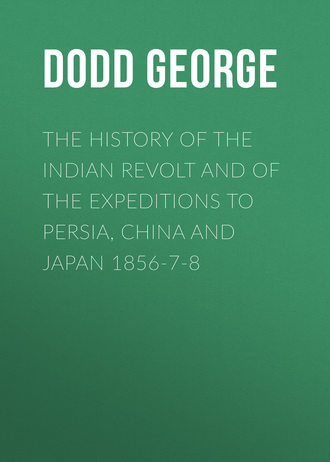The History of the Indian Revolt and of the Expeditions to Persia, China and Japan 1856-7-8
 полная версия
полная версияThe History of the Indian Revolt and of the Expeditions to Persia, China and Japan 1856-7-8
Настройки чтения
Размер шрифта
Высота строк
Поля
 полная версия
полная версия